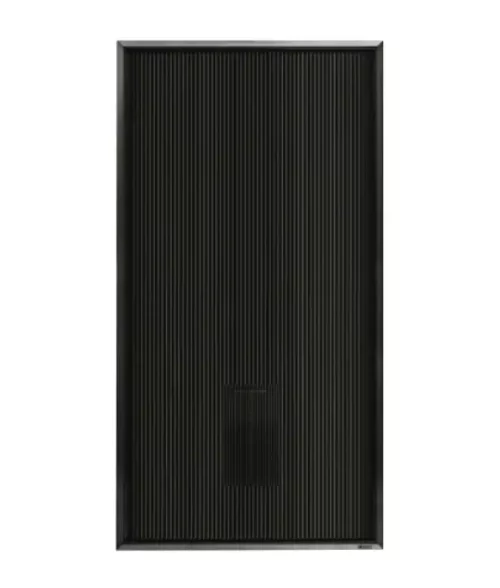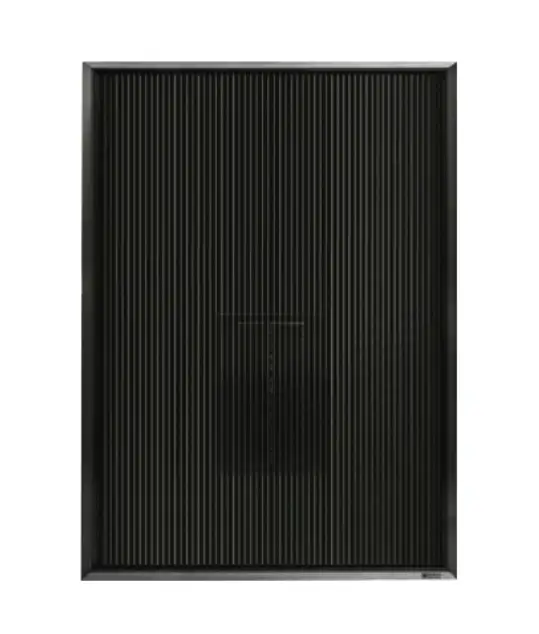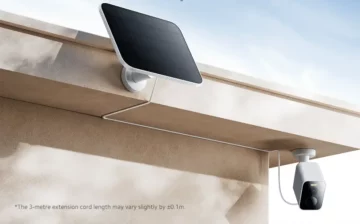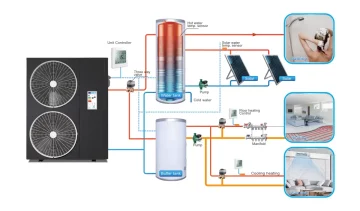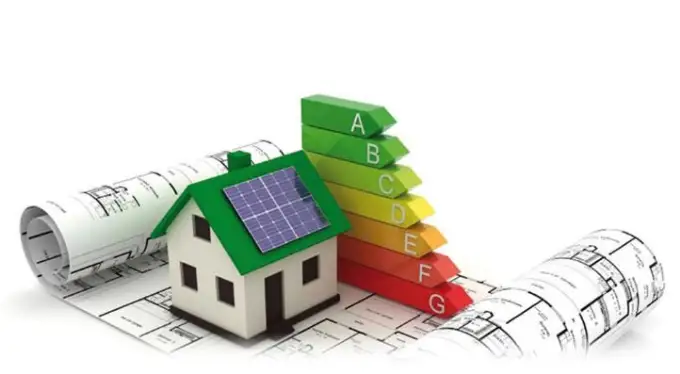Ventilation of premises for animals: from theory to practice
The arrangement of the ventilation system in the animal room is of paramount importance. Its performance determines its quality of life and health, as well as the safety and service life of the building structures of the premises.
Features of the microclimate of livestock buildings

The maintenance of animals implies the need to remove a large amount of thermal energy, volatile compounds, and water vapor. Limited air exchange provokes a sharp accumulation of toxic substances in the atmosphere of the room and contributes to an increase in morbidity. Insufficient ventilation in dog and cat shelters depresses weakened individuals and allows the spread of infections.
Poisoning, metabolic disorders, and deterioration in general well-being lead to a drop in the quality of the products obtained and the appearance of defects in appearance, which reduces the income of owners of breeding animal nurseries and farmers.
From the point of view of zoo hygiene, the method of smooth and continuous monitoring of the microclimate and its constant correction is preferable. The situation when the parameters of the air coming from the outside determine its performance inside the building for animal life is undesirable. The weather changes constantly, sometimes abruptly, while indoor conditions should not be subjected to such fluctuations.
Influence of room characteristics on the calculation of the ventilation system
Any building for animals needs an individual calculation of the amount of ventilation required, since excess air exchange excessively reduces the air temperature in its internal compartments, especially seasonally. Insufficient ventilation capacity will lead to the creation of a pathogenic atmosphere, the accumulation of toxic gases and the deposition of condensate.
The basis for the calculation can be the volume of carbon dioxide or water vapor in the air.
- The amount of ventilation per hour based on the concentration of carbon dioxide is calculated using the formula L=K/C1-C2; where L is the desired ventilation indicator; K is the volume of carbon dioxide production in 1 hour due to the respiration of animals, l/h; C1 – allowable concentration of carbon dioxide in 1 cu. m of the atmosphere inside the compartments, 2.5 l / cu. m (0.25%); C2 – the volume of carbon dioxide in 1 cu. m of atmospheric air, 0.3 l / cu. m (0.03%).
- The volume of ventilation per hour in the livestock building by the amount of moisture helps to calculate the formula L = Q / q1-q2, where L is the desired ventilation indicator; Q is the sum of the volume of water vapor produced by animals and the moisture evaporated from the fence structures; q1 – absolute humidity of the atmosphere inside the room at a relative humidity of 70%, g / cu. m; q2 – absolute humidity of the air introduced into the room from the outside, g / cu. m.
Ventilation facilities for animals
The choice of ventilation means requires taking into account the thermal insulation of the building, the type and lifestyle of animals, and the method of manure removal.
- Natural air exchange is carried out through doors, vents, cracks and windows due to the difference in pressure from inside and outside, created by winds or temperature differences. Opening doors can be used for enhanced ventilation of places where animals are kept, but this is ineffective, not always permissible, and sometimes even dangerous. In addition, the presence of drafts in the premises for animal husbandry is prohibited.
- Artificial air exchange is carried out by means of special devices with mechanical stimulation. Depending on the variety of animals and the technological features of their maintenance, clean air is supplied to the upper or lower zones of the internal compartments, and the contaminated air is removed, respectively.
Forced ventilation systems for animal kennels regulate the microclimate more effectively and provide a sufficient supply of fresh air. Particularly interesting are their varieties that can pre-warm it before serving it indoors during cold seasons. This type includes, for example, heat exchange blocking ventilation Turushev V.A., developed in 1982.
The main disadvantage of artificial ventilation systems is their dependence on an energy source, usually electrical. In rural areas, it is often inaccessible due to a broken power line or other reasons. The question of how to ventilate a nursery, shelter or other room with animals offline can be solved with the help of air collectors that use solar energy for operation.
The energy of the sun’s rays with the help of a solar panel is converted into heat, and then electricity. The device has additional functions of air purification with the help of a special filter and its heating before being fed into the room.

